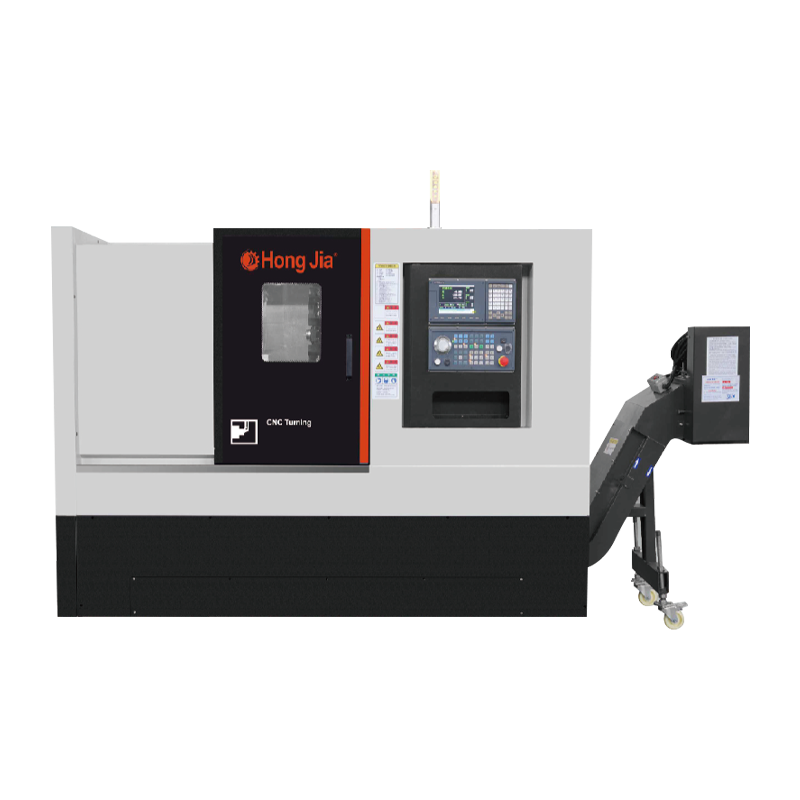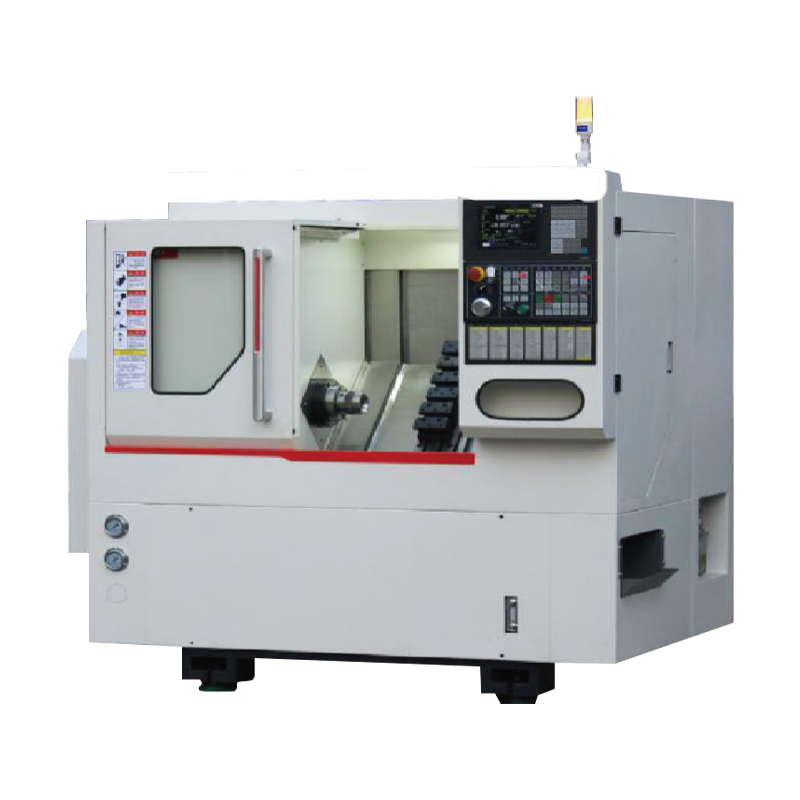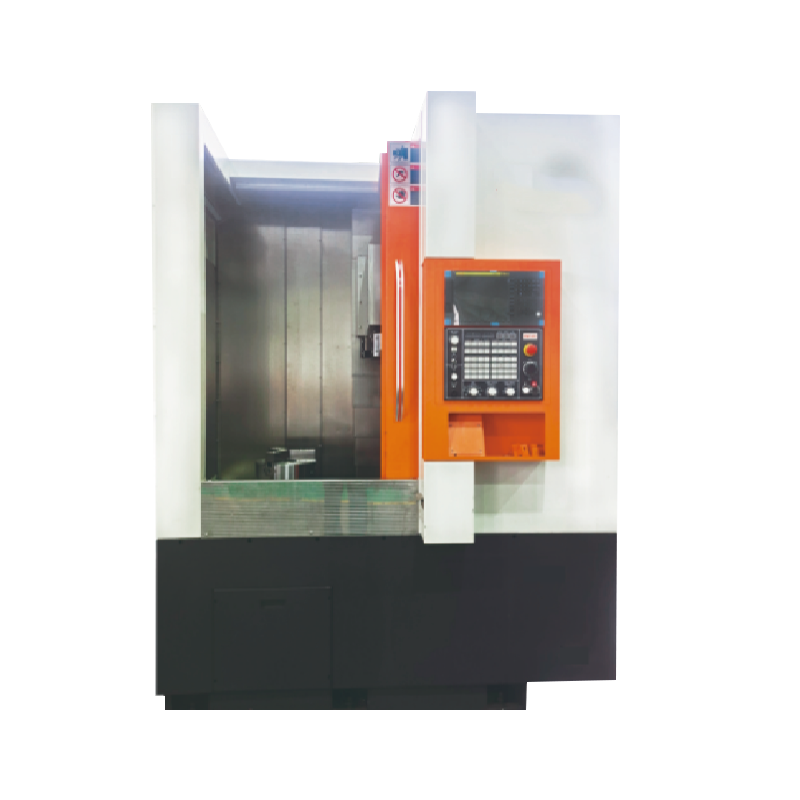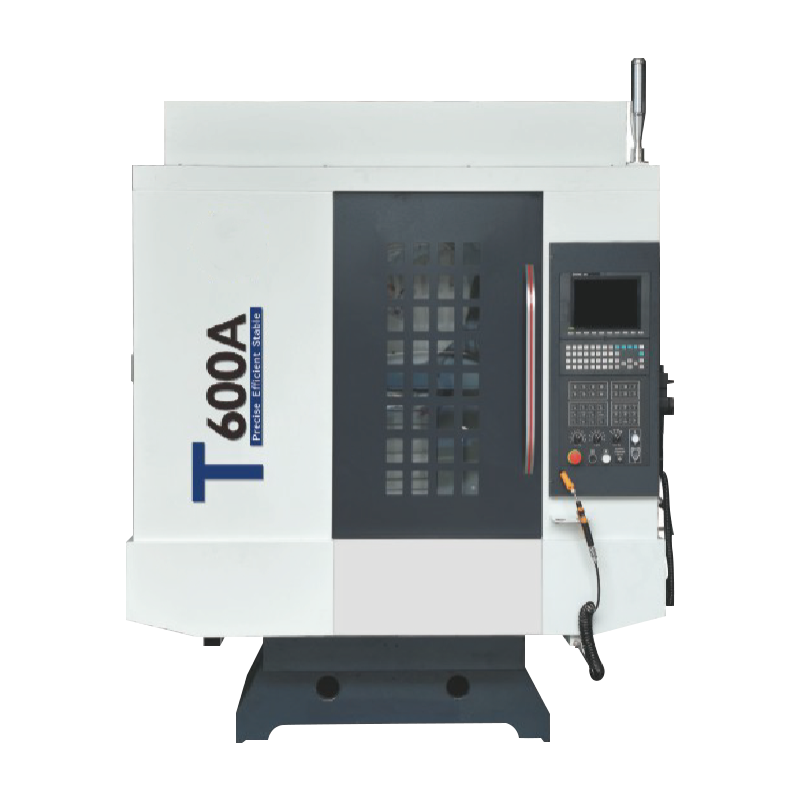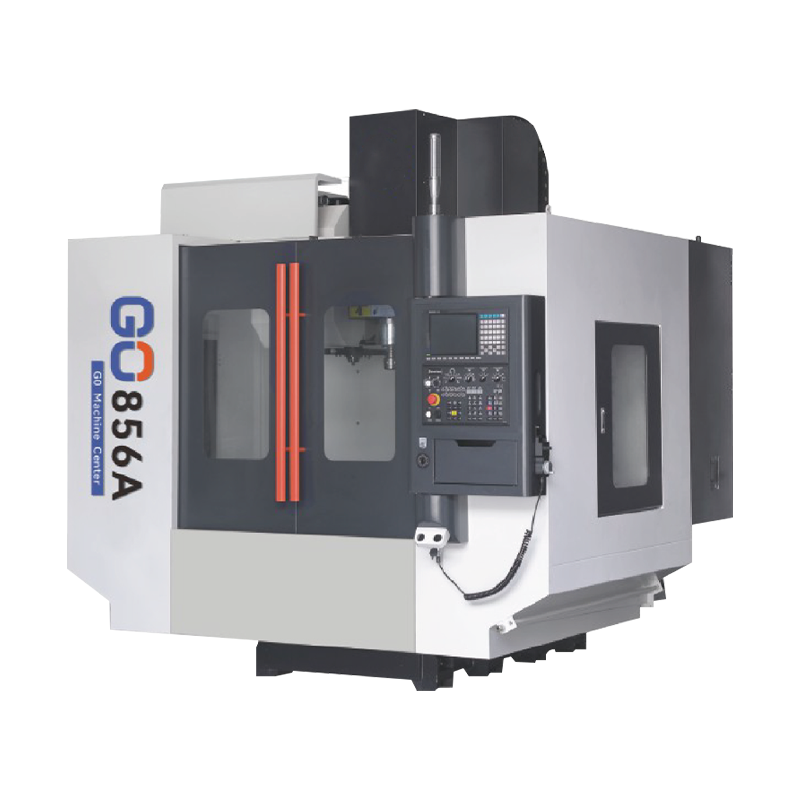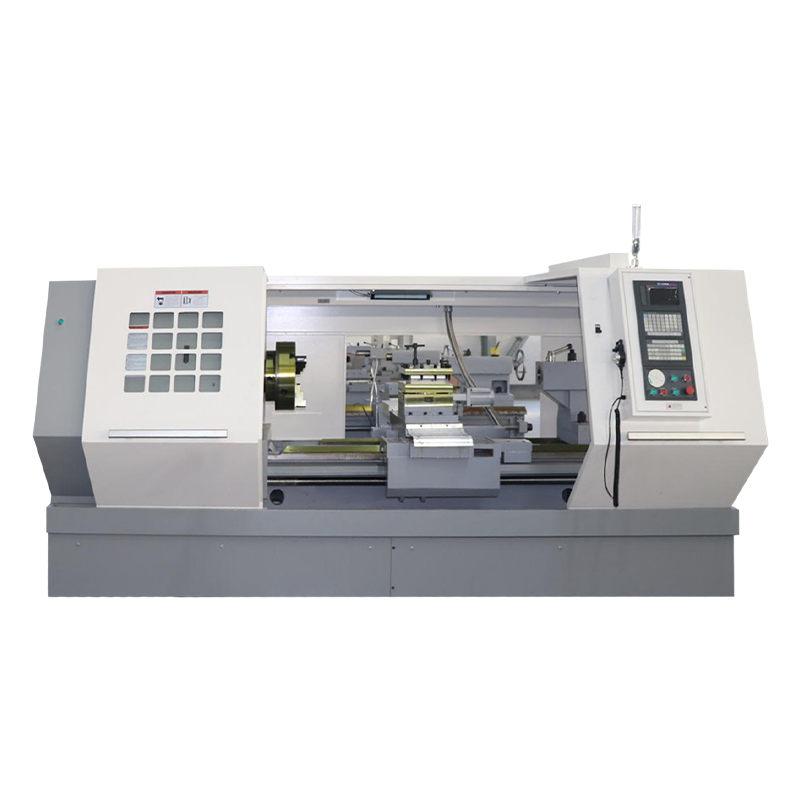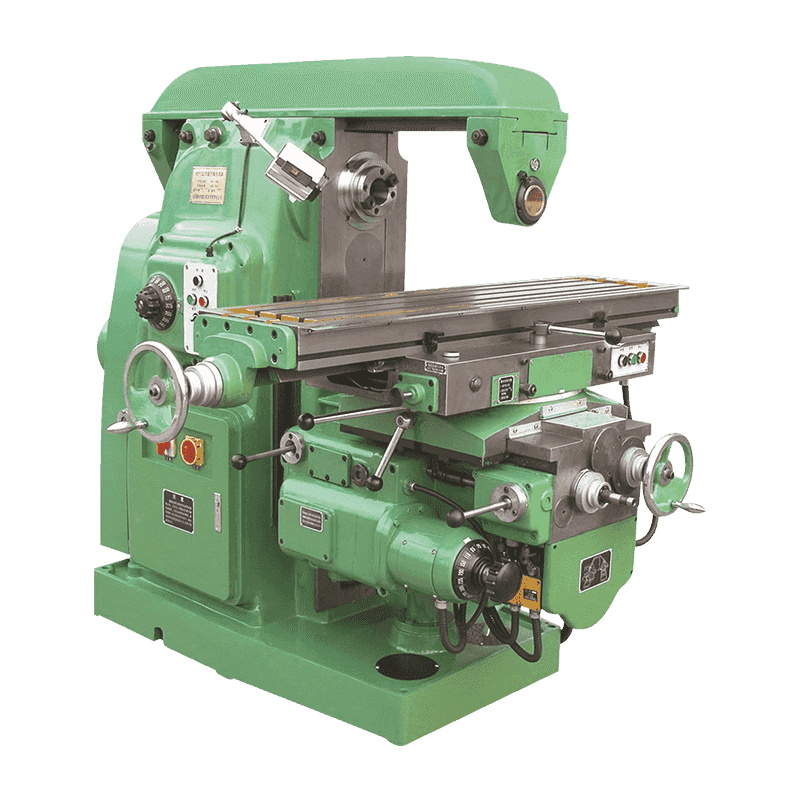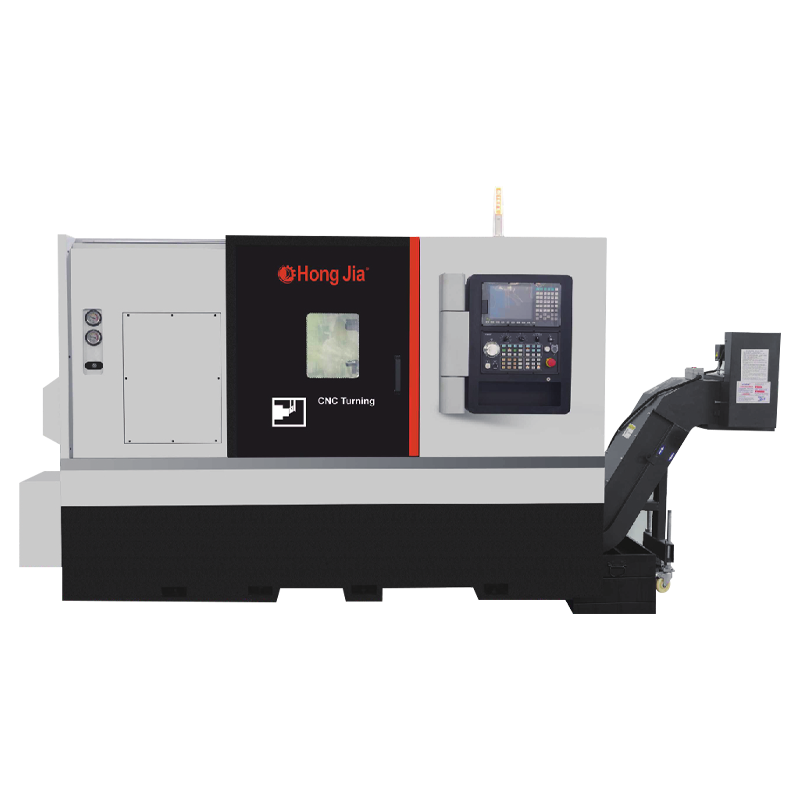Don't hesitate to contact when you need us!
Web Menu
Product Search
Exit Menu
 Home / News / Industry News / Can Vertical Lathes Be Integrated with Automation Systems for Smart Manufacturing?
Home / News / Industry News / Can Vertical Lathes Be Integrated with Automation Systems for Smart Manufacturing? Can Vertical Lathes Be Integrated with Automation Systems for Smart Manufacturing?
 2025.03.07
2025.03.07
 Industry News
Industry News
In the era of Industry 4.0, smart manufacturing has become a cornerstone of industrial competitiveness. Factories worldwide are adopting automation, IoT, and AI to optimize production efficiency and precision. Amid this transformation, vertical lathes—a staple in machining large, heavy workpieces like turbine rotors and aerospace components—are also evolving.
Technical Feasibility: Bridging Legacy and Innovation
Vertical lathes, known for their rigidity and ability to handle oversized parts, are no longer standalone machines. Modern vertical lathes equipped with CNC (Computer Numerical Control) systems can communicate with centralized manufacturing execution systems (MES) or enterprise resource planning (ERP) platforms. By integrating sensors and IoT-enabled devices, these lathes collect real-time data on spindle speed, tool wear, and machining accuracy. For example, companies like Mazak and DMG MORI have developed vertical lathes with embedded AI algorithms that predict maintenance needs, reducing downtime by up to 30%.
Automation integration extends beyond data exchange. Robotic arms can now load and unload workpieces onto vertical lathes, eliminating manual intervention. In a case study from a German automotive supplier, the combination of a vertical lathe with a 6-axis robot reduced cycle times by 25% while maintaining micron-level precision.
Applications in High-Value Industries
The fusion of vertical lathes and automation is particularly transformative in industries requiring high precision and repeatability:
Aerospace: Complex components like landing gear require tight tolerances. Automated vertical lathes with adaptive machining capabilities adjust cutting parameters in real time, compensating for material inconsistencies.
Energy: Wind turbine hubs and hydraulic valve bodies demand flawless surface finishes. Automated tool changers and in-process measurement systems ensure consistency across batches.
Heavy Machinery: For mining equipment manufacturers, robotic integration allows 24/7 machining of massive components without compromising operator safety.
Challenges and Solutions
While integration offers immense benefits, challenges remain. Retrofitting older vertical lathes with automation can be costly, and interoperability between legacy systems and new software often requires middleware solutions. However, modular automation kits—such as Fanuc’s FIELD system—offer plug-and-play compatibility, enabling gradual upgrades. Additionally, cloud-based platforms like Siemens’ MindSphere allow vertical lathes to connect with heterogeneous factory systems, breaking down data silos.
Training is another hurdle. Skilled operators must learn to manage hybrid systems that blend manual oversight with automated workflows. Partnerships with technical institutes and augmented reality (AR) training tools are closing this skills gap.
The Future: Vertical Lathes as Smart Manufacturing Nodes
The next frontier lies in predictive analytics and self-optimization. Vertical lathes equipped with machine learning algorithms can analyze historical data to optimize cutting paths and tool life. For instance, GE’s Brilliant Factory initiative uses such systems to reduce energy consumption by 15% in machining operations.
As 5G networks and edge computing mature, vertical lathes will process data locally, enabling faster decision-making. This shift positions them not just as tools but as intelligent nodes within a connected smart factory ecosystem.
Recommended Products
Product
Contact Information
- Phone:
+86-13857478288
- Tel:
+86-574-86520206
- E-mail:
yp@hongjia-cnc.com
- Add:
No.287,Binhai Fourth Road, Hangzhou Bay New Area, CiXi City, Zhejiang Province

 English
English 中文简体
中文简体 русский
русский Español
Español عربى
عربى